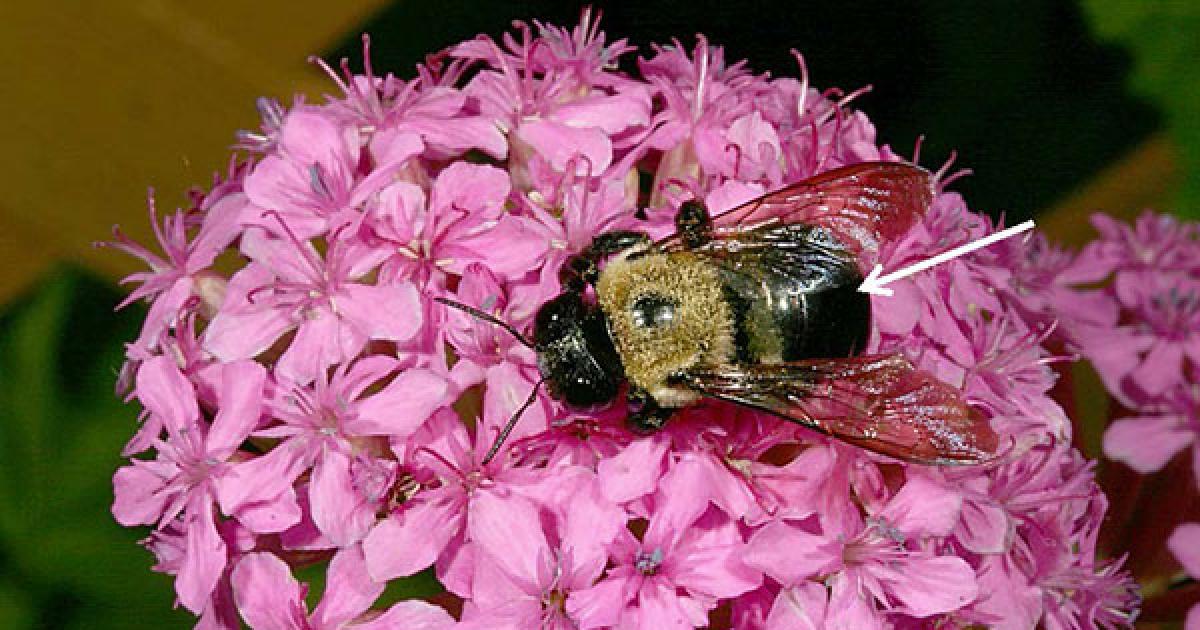Welcome to Facts Vibes! In this article, we’ll delve into the captivating world of carpenter bees, uncovering intriguing facts about their behavior, habitat, and impact on the environment. Let’s explore the fascinating realm of these industrious insects and gain a deeper understanding of their significance.
The Fascinating World of Carpenter Bees: Interesting Facts and Behavior
Carpenter bees are fascinating creatures with a unique set of behaviors that make them stand out in the insect world. These bees are known for their boring behavior and impressive nest-building skills. They can be found in various parts of the world and exhibit interesting characteristics that set them apart from other bee species.
One of the most interesting facts about carpenter bees is their ability to bore into wood to create tunnels for their nests. This behavior provides insight into their adaptability and resourcefulness in utilizing natural materials for their survival. Additionally, carpenter bees are solitary insects, unlike honeybees, and each female is responsible for creating her own nest.
Carpenter bees also display unique mating behaviors. The males are territorial and will fiercely defend their territory against other males while attempting to attract females for mating. This behavior adds a layer of complexity to their social dynamics and reproductive strategies.
In conclusion, the world of carpenter bees is indeed fascinating, and their unique behaviors continue to intrigue researchers and enthusiasts alike as they seek to unlock the mysteries of these remarkable insects.
Most popular facts
Carpenter bees are large, solitary bees named for their nesting behavior of boring into wood.
Carpenter bees are large, solitary bees named for their nesting behavior of boring into wood.
These bees are important pollinators for various flowering plants and crops.
Bees are important pollinators for various flowering plants and crops.
Male carpenter bees cannot sting, but they may act aggressively to protect their territory.
Male carpenter bees cannot sting, but they may act aggressively to protect their territory.
Female carpenter bees have stingers, but they are less aggressive than males.
Female carpenter bees have stingers, but they are less aggressive than males.
Unlike termites, carpenter bees do not eat wood; they create tunnels for nesting and rearing their young.
Carpenter bees do not eat wood; they create tunnels for nesting and rearing their young, unlike termites.
Carpenter bees prefer unpainted or weathered softwoods for tunneling, such as pine, cedar, or redwood.
Carpenter bees prefer unpainted or weathered softwoods for tunneling, such as pine, cedar, or redwood.
Their tunnels can cause cosmetic damage to wooden structures and furniture.
Wood-destroying insects can cause cosmetic damage to wooden structures and furniture through their tunnels.
Carpentry bees overwinter as adults, emerging in the spring to mate and start the next generation.
Carpentry bees overwinter as adults, emerging in the spring to mate and start the next generation.
These bees make distinctive round entrance holes about 1/2 inch in diameter on wooden surfaces.
Carpenter bees make distinctive round entrance holes about 1/2 inch in diameter on wooden surfaces.
Carpenter bee larvae develop within the tunnels, feeding on a mixture of pollen and regurgitated nectar provided by the adult bees.
Carpenter bee larvae develop within the tunnels, feeding on a mixture of pollen and regurgitated nectar provided by the adult bees.
Natural enemies of carpenter bees include woodpeckers, which may feed on the larvae inside the wood.
Woodpeckers are natural enemies of carpenter bees, as they may feed on the larvae inside the wood.
Pesticides are not always effective against carpenter bees due to their ability to construct new tunnels and avoid treated areas.
Carpenter bees are not always affected by pesticides because of their ability to construct new tunnels and avoid treated areas.
Plugging entrance holes with wood putty or screen can help prevent future infestations by carpenter bees.
True.
Some species of carpenter bees have metallic reflections on their bodies, adding to their visual appeal.
Yes, some species of carpenter bees do indeed have metallic reflections on their bodies, enhancing their visual appeal.
Many homeowners mistake carpenter bees for bumblebees due to their similar appearance but different nesting habits.
Carpenter bees are often mistaken for bumblebees by homeowners due to their similar appearance but different nesting habits.
In conclusion, carpenter bees are fascinating creatures that play an important role in the ecosystem. Learning about their habits and behaviors can help us better understand and coexist with these beneficial insects. By taking steps to protect their habitats and deter them from causing damage to structures, we can promote a harmonious relationship with carpenter bees while preserving the structural integrity of our homes and landscapes.
